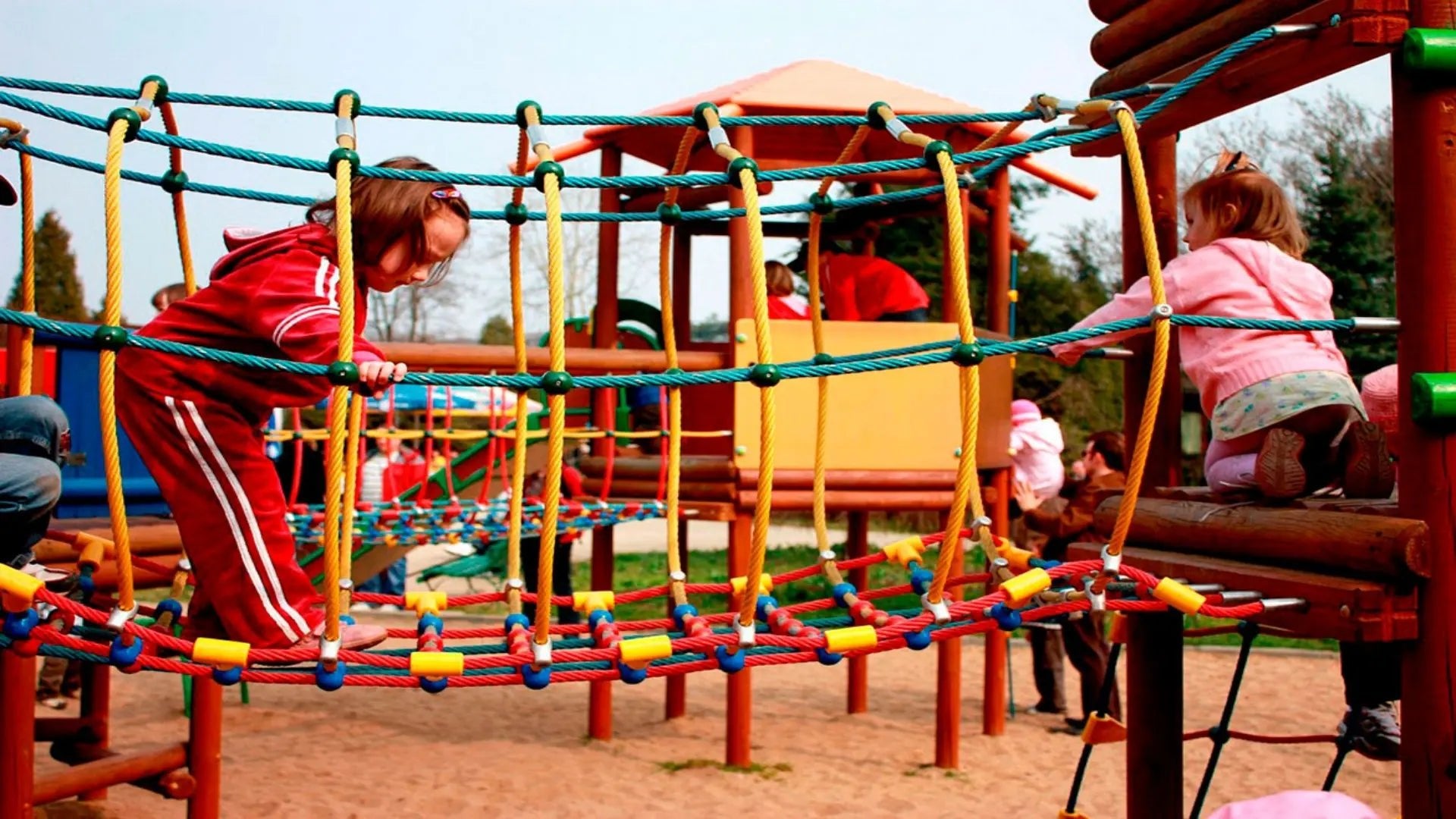Messy play might seem daunting without a plan, often causing friction with family members who might not see its benefits. However, messy play is crucial for healthy child development, offering sensory integration, language development, healthy risk-taking, cause-and-effect learning, and motor skills enhancement. Here’s how to incorporate messy play into your routine without turning your home into a mud pit.
Structured Messy Play: Setting Boundaries and Enjoying the Benefits
Start Small and Manageable
Begin with less messy activities to ease into the concept of messy play. A simple soap foam recipe or water play can be great starters. Gradually, you can introduce more complex activities, like using a large drop cloth to catch the mess and provide a physical boundary for your children. This approach helps you and your children get comfortable with the mess in a controlled way.
Practice and Patience
Teaching children to keep the mess contained takes practice. Explain the rules and the purpose of the drop cloth: “Hey, Stevie, do you want to paint your trucks and then wash them? It might get messy. This is called a drop cloth. When you are working, I am going to remind you to stay on the cloth to keep all of the mess right here!” Practice keeping the mess on the cloth, starting with fewer materials and gradually adding more as your child gets used to the rules.
Effective Clean-Up Strategies
Preparation is Key
Keep an empty bucket nearby for dirty materials, cups, and mixing spoons. During clean-up, children can place these items in the bucket with warm, soapy water. Have a set of old or stained clothes designated for messy play to avoid worrying about stains. Keep a laundry bin next to the play area so children can remove their dirty clothes on the drop cloth, preventing a trail of mess through the house.
Establish a Clean-Up Routine
Involve your children in the clean-up process. Show them how to use a clean, damp rag to wipe their hands and feet if necessary. This not only helps keep the mess contained but also empowers them to take responsibility for their actions. Maintain a calm and firm attitude if they test boundaries, and be prepared to end the play session if necessary, with the promise of trying again the next day.
Addressing Challenges
Managing Boundary Testing
If your child doesn’t follow the rules, remind them calmly: “Stevie, remember when we practiced staying on the drop cloth earlier? You forgot. That’s okay. You are still learning. I can remind you.” If the behavior continues, calmly end the play session: “Today it is too hard to keep the foam on the drop cloth. I am going to take the bowl of foam away for today, and we can try again tomorrow.” Consistent practice and gentle reminders will help your child learn the rules over time.
Reflect and Revise
After each messy play session, take a few minutes to reflect on what worked and what didn’t. Adjust your plan for the next time, making the experience smoother and more enjoyable for everyone. With patience and practice, messy play can become a fun and educational part of your routine, fostering creativity and developmental growth in your children.




Leave a comment
This site is protected by hCaptcha and the hCaptcha Privacy Policy and Terms of Service apply.